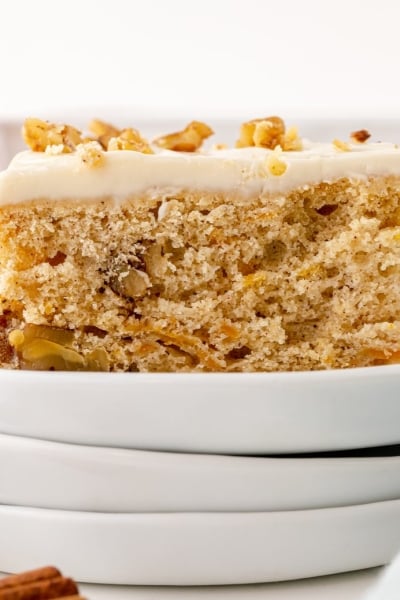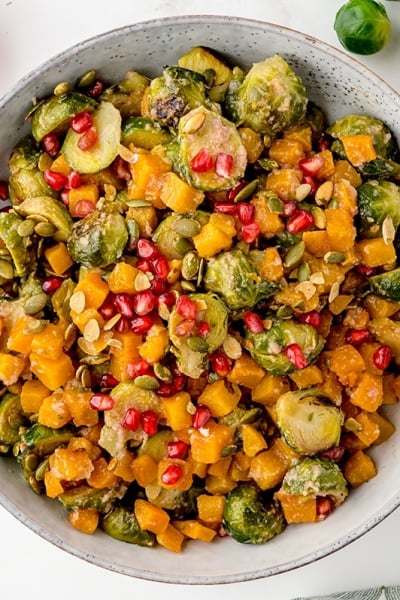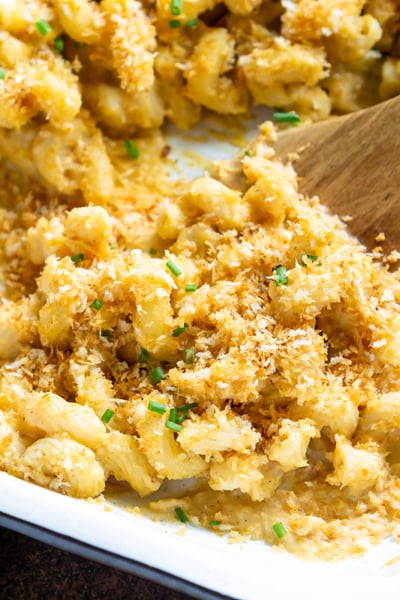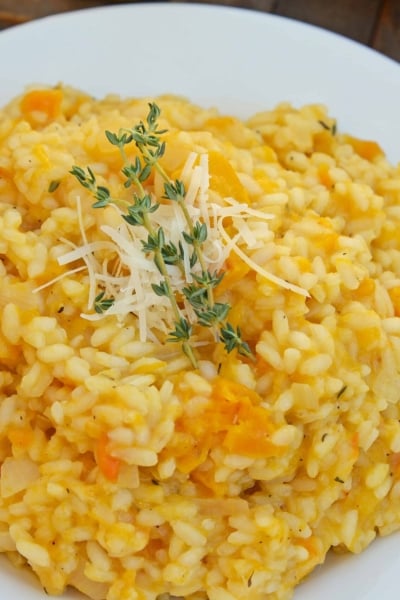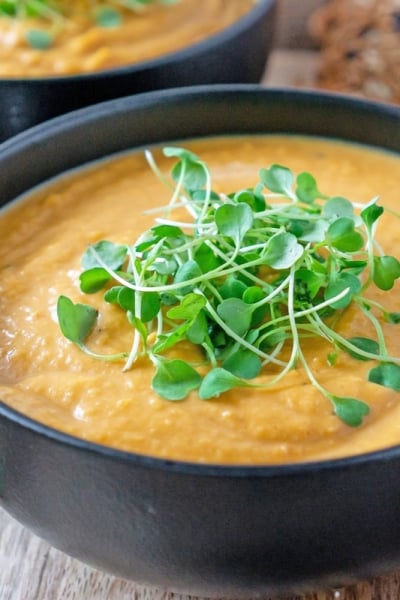Reader Favorites

Southern Salmon Croquettes
25 minutes mins

Yum Yum Sauce
10 minutes mins

Jumbo Lump Maryland Crab Cakes
30 minutes mins

Creamy Vanilla Custard
3 hours hrs 22 minutes mins

Parmesan Garlic Linguine Pasta
25 minutes mins

Easy Steak Frites
30 minutes mins
As Seen On













